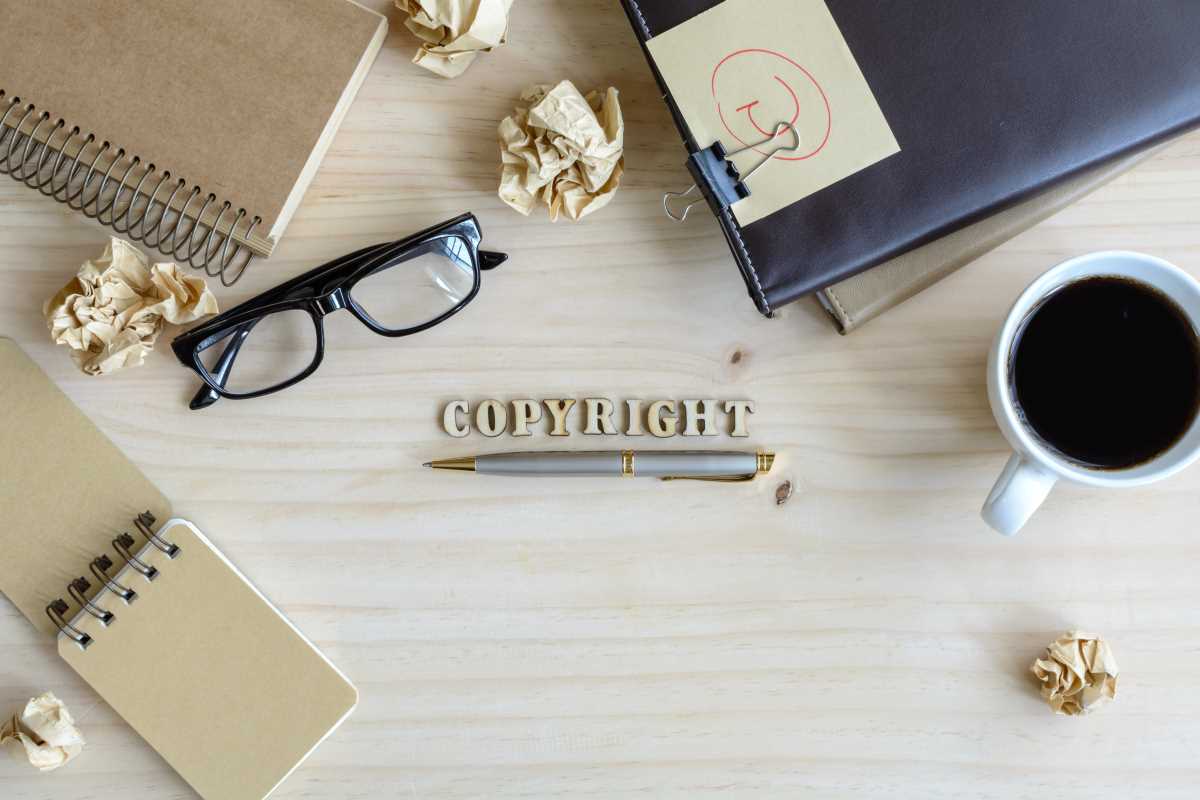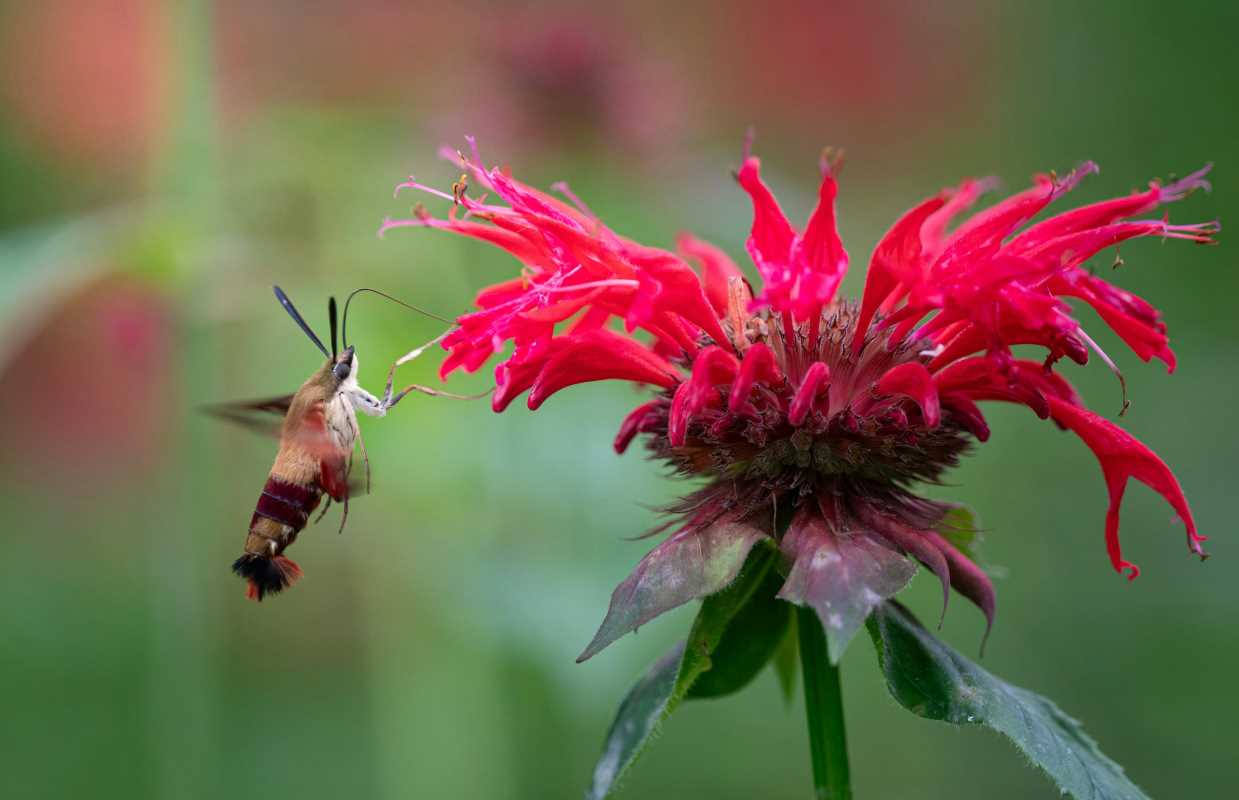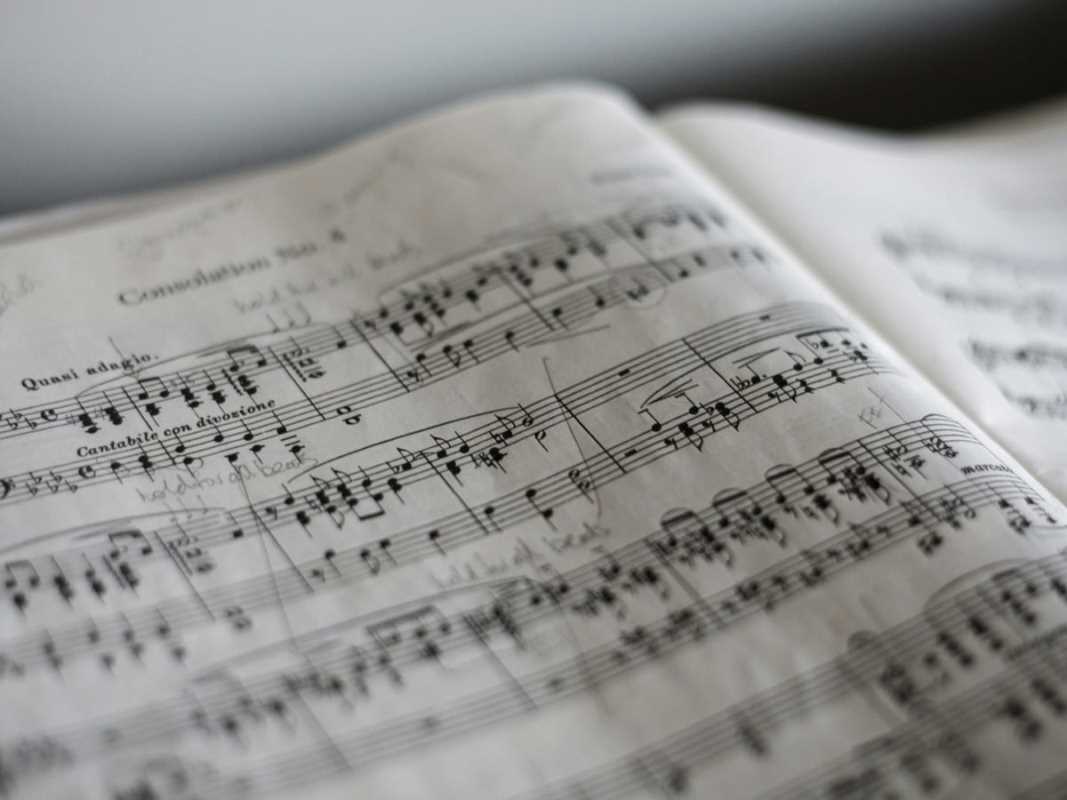Copyrights are crucial for protecting artistic creations and fostering a thriving community. Understanding copyright law empowers artists to safeguard their work and confidently navigate the creative landscape.
Understanding Copyrights
- Definition: Copyrights are legal protections that the law grants to creators for their original works, including literature, music, art, and more.
- Purpose: They ensure that creators can control how others use, distribute, and replicate their work, providing them with the ability to earn from their creations.
- Duration: Copyright protection typically lasts for the creator's lifetime plus an additional number of years after their death, depending on the jurisdiction.
- Exclusive Rights: Creators have the exclusive right to reproduce, distribute, perform, display, or create derivative works based on their original creations.
- Public Domain: Once copyrights expire, works enter the public domain, allowing anyone to use them freely without permission.
The Importance of Creative Freedom
Creativity serves as the heartbeat of innovation and culture. It allows individuals to express their thoughts, emotions, and ideas in unique ways. High school provides an ideal time for exploring creative interests, whether it's writing a story, composing music, or creating digital art. Creative freedom encourages students to experiment, take risks, and develop their personal style without fear of immediate judgment or failure. Fostering a sense of creative freedom can boost confidence and encourage lifelong learning. When students feel free to express themselves creatively, they engage deeply with their work, persist through challenges, and develop a strong sense of identity. This experience enhances their educational journey and prepares them for future endeavors where innovation and originality hold great value.
Legal Limitations and Challenges
- Infringement: Using someone else's work without permission can lead to legal consequences, including fines and lawsuits.
- Fair Use: Determining what constitutes fair use can be complex, as it depends on factors like purpose, nature, and the amount of the original work used.
- Licensing: Understanding and obtaining the correct licenses for using copyrighted material can be challenging, especially for those new to the legal aspects of creativity.
- Digital Piracy: The ease of sharing content online has increased the risk of unauthorized distribution and copying of creative works.
- Global Enforcement: Enforcing copyright laws across different countries can be difficult due to varying legal systems and regulations.
Finding the Balance
Achieving a balance between creative freedom and legal limitations involves understanding both your rights and responsibilities as a creator. Start by educating yourself about copyright laws relevant to your field of interest. This knowledge will help you protect your work while respecting the rights of others. Consider using licenses that allow others to use your work under certain conditions, such as Creative Commons licenses, which can promote collaboration and sharing without losing ownership. Another effective approach is to use original content as much as possible. By creating unique works, you minimize the risk of infringing on others' copyrights and enhance the value of your creations. When incorporating others' work, always seek permission or ensure that your use falls under fair use guidelines. Balancing these practices will help you navigate the legal landscape while maintaining your creative integrity.
Real-World Examples
Take the example of a high school band that writes and records their own music. By securing copyrights for their songs, they ensure that their original compositions cannot be used without their permission. This protection allows them to share their music online, perform at events, and even sell their tracks, knowing that their efforts are legally safeguarded. Another example features a group of students creating a short film for their media class. By understanding the basics of copyright, they can confidently use licensed music and clips, or opt for royalty-free alternatives, ensuring their project is both creative and legally compliant.
Navigating the world of copyrights can seem daunting, but understanding the basics helps you protect your creative work and respect others'. By balancing creative freedom with legal awareness, you can succeed as a student and future creator.







